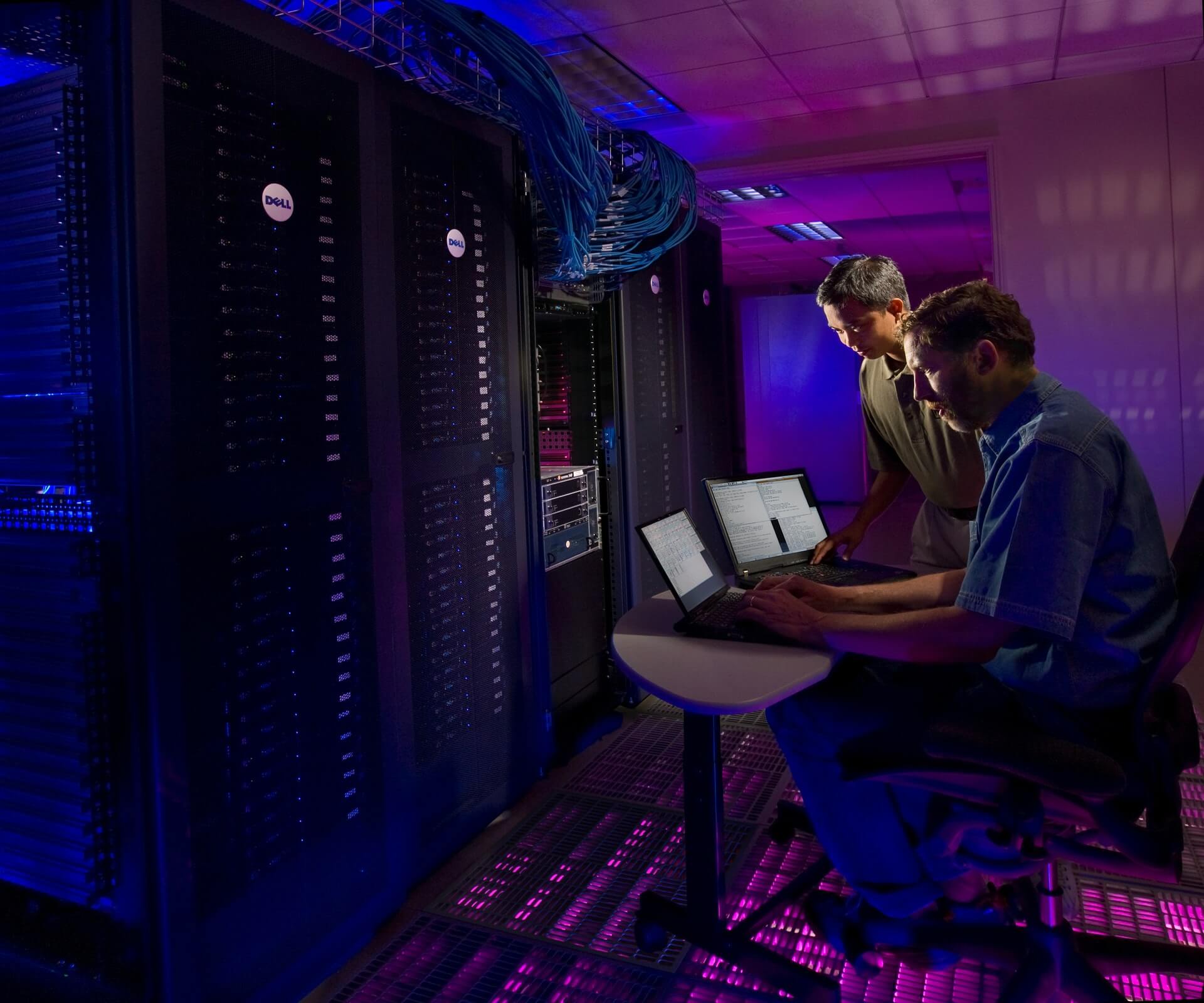Data surround us, data of various kinds, types, and interact with them on a regular basis, whether from our cell phones or laptops. For example, one may search on google the total positive corona cases worldwide a kind of numerical data. Data is of varied types, and its use in a positive manner can drive many essential decisions for the growth of humankind.
The laptop devices we use for more specific computing purpose are limited to its processing capacity. However, if there are tons of data to build a predictive model or if a company aims to use deep leaning for predictive modelling, our laptop devices may not serve the purpose as the computing speed will take forever. At some point, it will fail miserably. Supercomputer can reduce the computation speed of the process. The workloads are divided into smaller tasks and runs parallelly in the processors running operation faster in supercomputers.
Video Source : CNBC
Training large datasets often require high-performance computing; on accelerated computers, such as general-purpose graphics processing units, big learning workloads perform exceptionally well (GPU).
With more complex real problems around us, the computing capacity has evolved exponentially with decades. Supercomputers have allowed us to try new ideas or expand on existing ones, as many of the breakthroughs in the Deep Learning field have allowed us to do. Another facilitator of the resurgence of this new stage of Artificial Intelligence comes to mind in the form of the Big Data phenomena.




